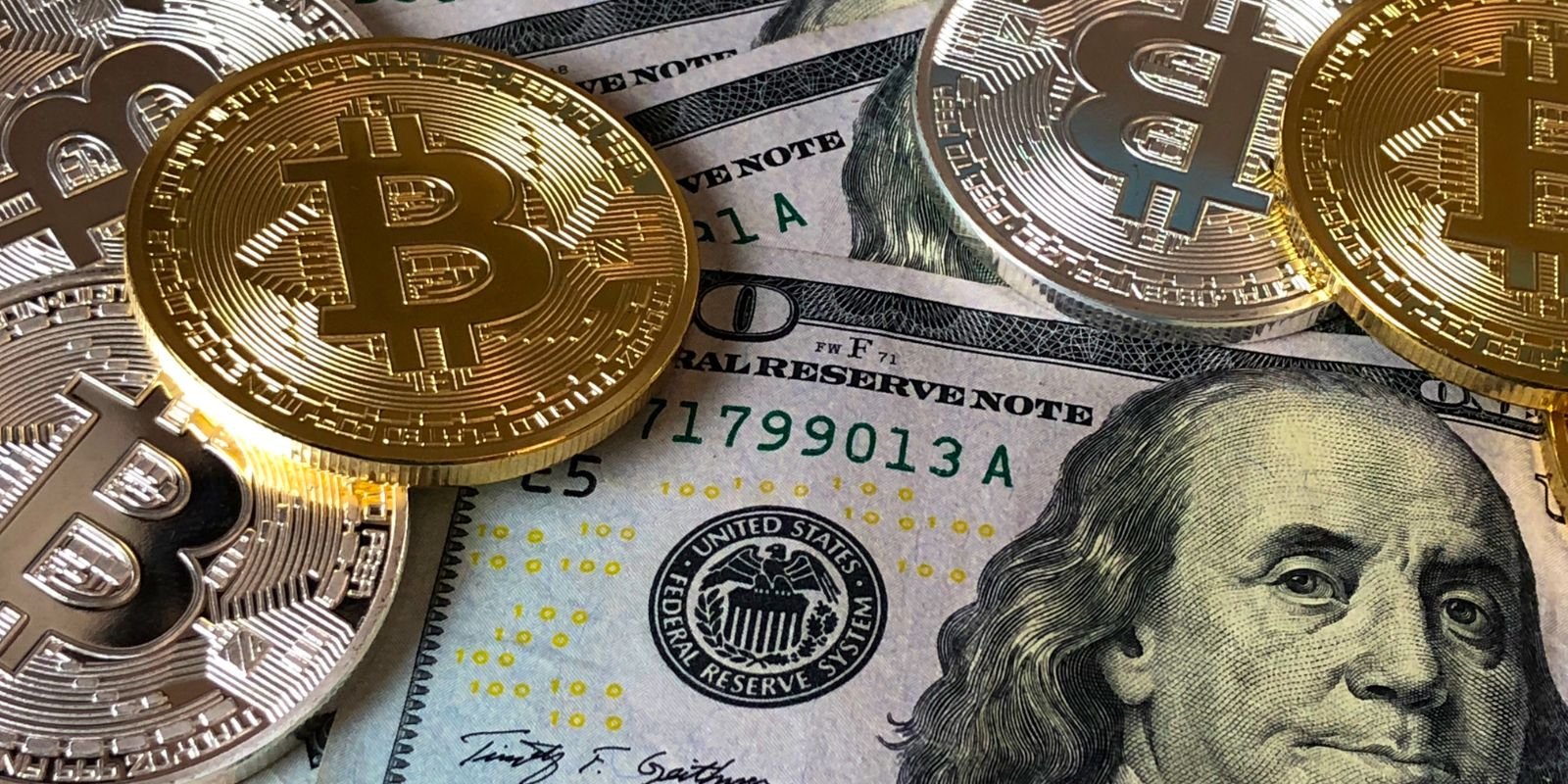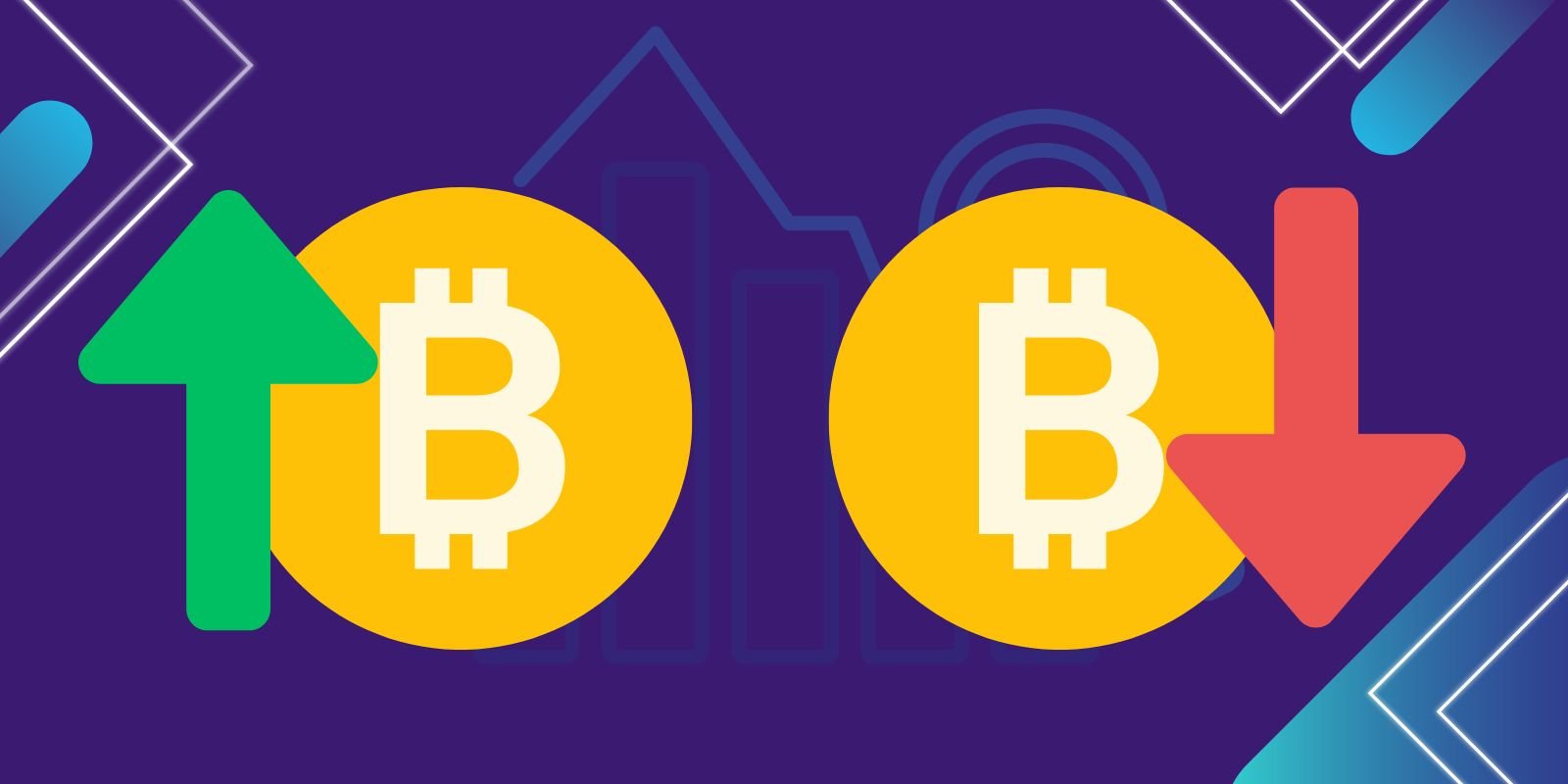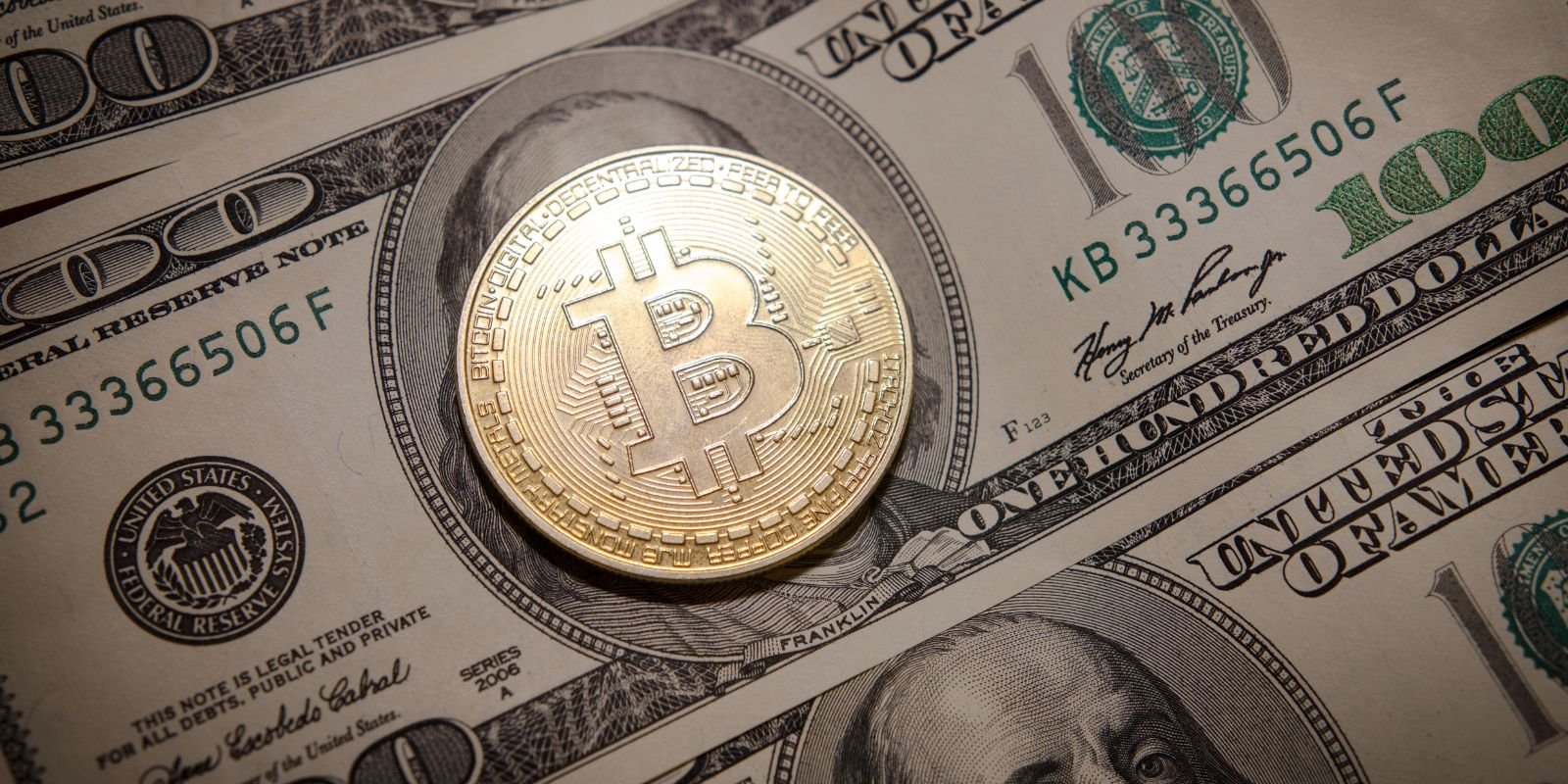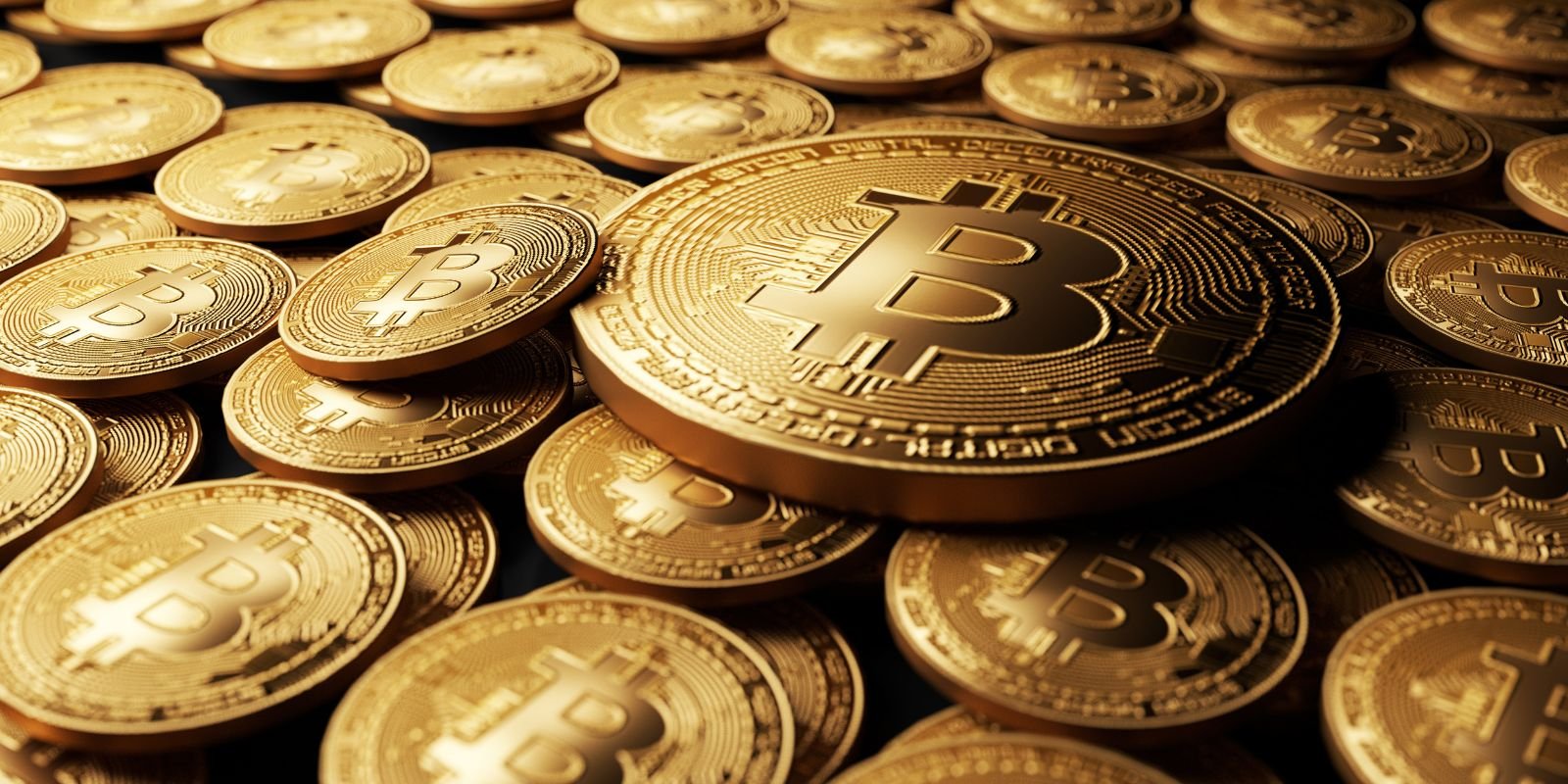If you’re like many people, you’ve heard of Bitcoin—but do you know what it is, or how it works? If not, don’t worry! You’ve come to the right place. In this article, we’ll break down the basics and explain why so many people are turning to Bitcoin as an alternative form of currency.
You’ve probably heard a few different terms thrown around when people talk about Bitcoin—like “blockchain,” “mining,” and “cryptocurrency.” We’ll deconstruct these terms and help you understand what they mean and why they’re important in the world of digital currency.
By the end of this article, you’ll have a better understanding of how Bitcoin works and be able to make an informed decision about if it’s right for you. So if you want to learn more about Bitcoin, read on!
What Is Bitcoin?
So, you’re interested in learning about Bitcoin. Well, you’ve come to the right place! Bitcoin is a digital currency or cryptocurrency, that’s powered by technology and operates without the need for a third-party intermediary like a bank. It’s decentralized and stored in a digital ledger called the “blockchain”.
To understand Bitcoin, you need to first understand how it works. In its simplest form, a blockchain is composed of blocks of data that are cryptographically linked to each other. Each block contains information about transactions like dates, times, and amounts. When new transactions take place, they’re added to the end of the blockchain in an irreversible way—making it almost impossible to alter or delete transactions.
What makes Bitcoin special is that it functions as both currency and register—allowing users to exchange money with one another directly. Through the use of peer-to-peer networks, miners compete with one another to validate transactions and add them to the blockchain while also collecting fees in return for their efforts.
How Bitcoin Works?
So, how does Bitcoin actually work? In essence, Bitcoin is a digital currency, managed on a decentralized network of computers across the world. It’s also referred to as a “cryptocurrency” as it uses cryptography to secure and verify transactions.
When sending money from one account to another, the transaction is recorded in a blockchain—essentially an online ledger—that stores data about all existing Bitcoin transactions. This public ledger records the addresses of the sender and receiver and creates a secure digital signature for each transaction.
The blockchain then updates with the new data, with all participating computers agreeing that these updates are correct. This process is called “mining” and requires miners to solve complex math problems in order to be rewarded with newly minted Bitcoins when they are successful in verifying new blocks of transactions. With no central authority managing or issuing new coins, miners play an important role in ensuring the system remains secure and keeps operating reliably.
How Bitcoin is Minted?
So did you know that Bitcoin can be “minted,” just like traditional money? Well, it’s true. Here’s how it works.
When Bitcoin was first created, the founder, Satoshi Nakamoto, established a fixed number of Bitcoins that could be created in the world—21 million, to be exact. As of today, over 18 million have already been “mined.” So what does this mean?
“Mining” is the process by which new Bitcoins are released into circulation, and it involves using computer software to solve complex math problems. The more people mine Bitcoin, the fewer new Bitcoins become available — which is why its value increases as time goes on. The miners are rewarded with small amounts of Bitcoin for their efforts in verifying transactions and maintaining the security of the blockchain technology that runs Bitcoin.
However, keep in mind that miners must buy or rent expensive computers and energy to support their efforts. This explains why it’s not generally profitable for individuals to mine unless they possess serious computing power so they can quickly solve harder puzzles more efficiently than others— which only increases competition in the mining industry, making it more difficult overall.
How Bitcoin is Backed?
No matter how you look at it, understanding the basics of how Bitcoin works is a key component to being a part of the cryptocurrency revolution. One of the most important questions when it comes to Bitcoin is, “What actually backs Bitcoin?”
The answer is simple – nothing! You can’t point to any physical asset or resource that backs up the value of Bitcoin or any cryptocurrency for that matter. Instead, its value is derived from demand and supply principles.
So why does the demand for cryptocurrency keep climbing? It’s all about trust – trust in the technology of the blockchain and its ability to securely store data and complete transactions. That’s why it has become popular with investors and businesses around the world who are looking for an alternative way to move money without having to rely on traditional banking services.
Plus, just as with any other currency, when demand increases, so does its value, making it a great way to invest. And with Bitcoin now accepted by some major retailers like Microsoft, AT&T, and Expedia – you know it has major staying power among consumers.
To sum up: unlike traditional currency which is backed by physical assets like gold or government reserves, Cryptocurrency like Bitcoin is backed by trust in its technology, increasing demand from consumers and businesses, and its long-term staying power in the global market.
Who Supports Bitcoin?
You might be wondering, ‘Who supports Bitcoin?’. To answer that, let’s look at the three groups who are involved in the Bitcoin ecosystem: miners, exchanges, and users.
Miners
Miners are individuals or entities that use computing power to validate Bitcoin transactions and create new blocks on the blockchain. Every time a miner succeeds in creating a new block and adding it to the blockchain, they get rewarded with newly minted Bitcoins.
Exchanges
Exchanges are websites where users can buy and sell Bitcoin with other cryptocurrencies or fiat currencies. Exchanges act as an intermediary between two parties who want to make a trade. They provide liquidity to the trading markets by converting fiat into digital currency.
Users
Users are people who store their Bitcoin in digital wallets or custodial services and use them for buying goods and services or trading them on exchanges for other cryptocurrencies or fiat currencies. They also have access to many of the same tools as miners, such as wallets and block explorers.
Who Issues Bitcoin?
You may be wondering who issues Bitcoin, and the answer is nobody. Bitcoin is not issued by any central authority, like a bank or government, which makes it decentralized and censorship-resistant.
Instead, Bitcoin is created through a process called mining. Here’s how it works:
Mining
Mining is where computers on the Bitcoin network add transactions onto the blockchain. To do this, miners need powerful computers to solve cryptographic puzzles. Each time a puzzle is solved, miners receive a reward for their efforts in the form of Bitcoins.
Block Reward
The amount of Bitcoins that miners receive when they add a new block of transactions to the blockchain is called the block reward. The block reward was 50 BTC when Bitcoin first launched in 2009 and has since halved over time — currently, it stands at 6.25 BTC per block mined; halving again around May 2020.
Miners
Anyone can become a miner and join in this process as long as they have powerful computers to solve complex equations and adequate electrical power to run them 24/7 (it’s an extremely energy-intensive process). With every new block that’s added to the chain, miners receive their rewards until all 21 million Bitcoins are mined — this won’t occur until around 2140.
Who Controls Bitcoin?
When it comes to Bitcoin, the question “who controls it?” can be a bit tricky. On one hand, no single person or organization controls it. On the other, there are several people and networks that oversee the Bitcoin network by verifying transactions and preventing double-spending. Confused? Here’s some more information to help you understand how this works:
Miners
When someone sends bitcoin, miners enter the transaction details into a public ledger of all Bitcoin transactions known as the blockchain. This involves solving complex mathematical equations that require significant computing power. In return for verifying transactions, these miners are awarded new units of cryptocurrency (or a portion of existing cryptocurrency).
Nodes and Mining Pools
Nodes are computers connected to the Bitcoin network which help maintain it by validating and relaying information about new transactions. To spread out the burden of validating transactions and avoiding having one “miner” control the system, miners often join what is known as “mining pools”—groups of miners who split their rewards in exchange for helping to validate transactions more quickly and efficiently.
So while no individual or organization controls Bitcoin, there is an army of network defenders actively keeping the system secure from nefarious activities like double spending or malicious attacks. That’s why it’s so important for us all to do our part by taking the necessary precautions when using cryptocurrencies to ensure their continued success!
What Are the Benefits of Using Bitcoin?
Bitcoin is becoming increasingly popular, and once you understand how it works, it makes sense why. Here are some of the benefits of using Bitcoin:
Security
Every bitcoin transaction is verified by a decentralized network of computers that make up the blockchain. This means that all transactions are secure and cannot be altered or changed without the agreement of all participants in the network. Bitcoin also offers users anonymity because there is no need to provide personal information when making a transaction.
Low Transaction Fees
Unlike traditional currencies, there are no charges for processing online payments when someone decides to buy Bitcoin in Dubai. The only fee associated with bitcoin transactions is a small mining fee that goes to miners who power the blockchain. This makes it cheaper and faster than traditional payment methods such as wire transfers or credit cards.
Accessibility
Bitcoin is accessible to anyone with an internet connection, no matter where they are in the world. This means that people can send and receive money regardless of their geographic location or bank account status. Additionally, due to its decentralized nature, anyone can purchase bitcoin within minutes without having to go through lengthy verification processes or worrying about their data being stored by a third party.
Conclusion
Bitcoin may have been a confusing concept at first, but having explored the basics, you now have a better understanding of how it works.
The decentralized nature of Bitcoin makes it an attractive choice for those who want greater control over their financial transactions. With its growing popularity, it’s clear that people are starting to see the potential of Bitcoin, whether it be as an investment, a form of payment, or a secure way to store value when they sell Bitcoin in Dubai.
While Bitcoin is still in its infancy and there are still many questions to be answered, its future looks promising as more people become interested in exploring the technology behind it. Bitcoin has already carved out a place for itself in the world of digital currencies, and it’s up to us to decide what the future holds for it.







